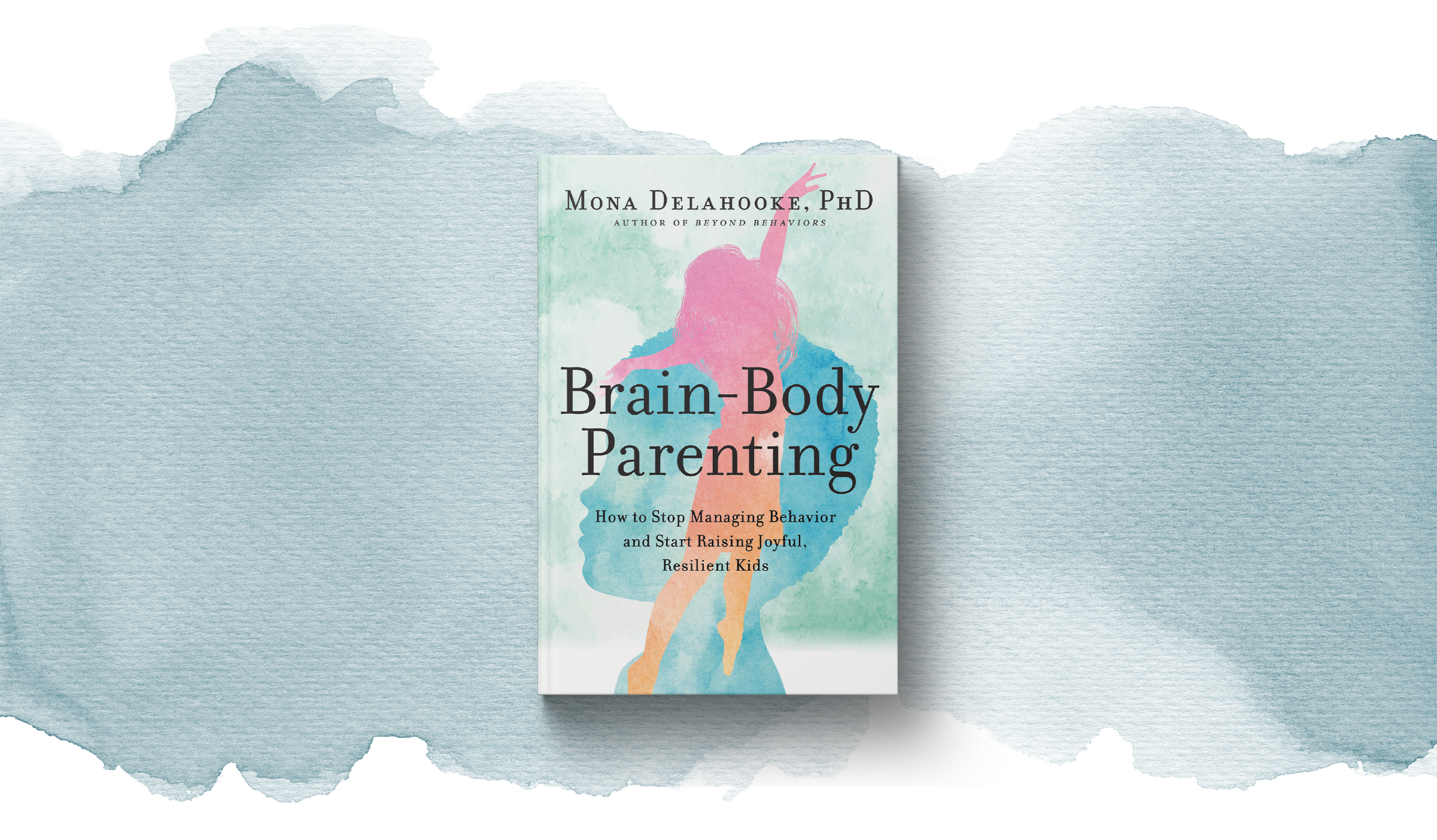
The DIR Model and “Triadic Collaboration”: A New Type of Collaboration
The DIR Model and “Triadic Collaboration”: A New Type of Collaboration

Michele Havens
- Apr 18
- Behavior
- Featured
How does training in social-emotional development support collaboration with families and augment a clinician's practice while fostering the development and success of the child with special needs?
How does triadic collaboration work in tandem with DIR® principles?
Dr. Lisa Schwartz completed medical school at Mt. Sinai School of Medicine with an internship in pediatrics, following which she completed her residency in Obstetrics and Gynecology and fellowship in Clinical Reproductive Endocrinology and Infertility at Yale New Haven Hospital. Currently, she is a physician and a research scientist in Women’s Health. Dr. Schwartz is also the parent of a 17 year old young man, diagnosed on the Autism Spectrum, with multiple medical challenges.
Dr. Michele Havens is currently the Educational Consultant to an autism program in Brooklyn, and Professor Emeritus at Kean and Montclair State Universities. She is a DIR-FCD model trainer at Profectum Foundation and she is an advocate and private interventionist for children with special needs. [Read More About Michele]
Michele Havens is teaching the next Professional DIR-FCD Model Certificate in Emotional, Social and Cognitive Development Course to begin on May 2018. [Read More About the Course]
Introduction to “Triadic Collaboration”
Collaboration may be defined as a practice whereby individuals work together for a common purpose to achieve a beneficial outcome for all parties. This concept of “triadic collaboration” deviates from past models of collaboration by adding the notion of a “triad” approach whose members include the parent, professional and child. Initially each member of the triad participates in an assessment process to understand their individual social, emotional and sensory/regulatory profile, rather than evaluating the child with special needs in isolation. This can identify the underpinnings of the individual differences that each member brings to the triad. This ultimately can allow for improved reciprocal communication within the triad to obtain joint goals, which can eventually generalize to others. Components from the DIR® approach (Developmental, Individual Differences, Relationship-Based Intervention) as applied to the development of interpersonal relationships usually include an adult and a child, but can also be applied to adult-adult relationships.
Training in social-emotional development through a relationship-based approach such as the DIR model, and applying triadic collaboration strategies, can be the foundation for developing and maintaining relationships with everyone encountered and in multiple environments.
Who Benefits?
Triadic collaboration can serve as a resource for everyone on an ongoing basis or during desperate moments, when, despite best intentions, a positive path is not identified oftentimes due to external obstacles conflicting perspectives with miscommunication. This novel paradigm is an unusual but successful parent-teacher collaboration that can transform a disastrous situation into a successful educational and home-school-community experience for the impacted child. We believe this model can be carried out by everyone and should be the norm.
Children with special needs usually have individual complex needs to varying degrees which impacts upon their family and interactions with the school and community environments. The child’s individual needs sometimes may be misunderstood by others, especially with regard to educational programming and services in the school setting and may even interfere with the child’s access to learning at school. The joint perspective of the family and educator can ideally bridge the hurdles and gaps that often need to be traversed to establish sensible and effective educational plans for a complex child.
Collaboration in the past had the following trajectory:
1950’s-1960’s:
- Counseling and psychotherapy – “fixing the parent” model
- Child placed outside the home where “experts” could treat
1960’s-1970’s:
- Train parents to work with their child; conflict of roles of parent vs. teacher
- 1975 Education of All Handicapped Children Act – acknowledging parents’ wants and needs
1980’s:
- Focus on family-centered model
- Family expertise became more widely accepted
1990’s – today:
- “parent training”
- Dr. Stanley Greenspan and others: child centered approach emerged
- Beginning of ”true collaboration”
- Self-advocacy networks and support groups
- Honoring of the families’ values and priorities
Surprisingly, barriers to “triadic” collaboration” still exist, such as:
- Attitude-belief from both sides that they are not equal partners in the process
- Differing expectations-who is “in charge”, wanting the best vs what is “appropriate”
- Socioeconomic barriers-misunderstanding the “culture” of poverty, the family priorities of food and shelter, etc.
- Cultural barriers-people have different belief systems that affect their attitude, must withhold judging the other person
- Communication mishaps-special education jargon, direct vs indirect communication styles, non-verbal communication
- Fears- Fears over disagreements, lack of accessibility when needed, lack of resources and funding
- Legal issues-what is required by law, intent vs literal wording of the law
Roadblocks can be addressed with the following techniques:
- Support parents as their child’s best advocate
- Accept parents as equal partners
- Keeping promises
- Confidentiality
- Being hopeful but honest
- Help parents identify their strengths
- Help parents identify their choices
- Demonstration and model problem-solving skills
- Be flexible
- Accept parents point of view
How Does Triadic Collaboration Help You?
1) Develops effective collaboration skills leading to:
- Accept parents as equal partners
- Address parental concerns
- Support parents as their child’s best advocate
- Help parents identify their strengths
- Help parents identify their choices
- Demonstrate and model problem-solving skills
- Keep promises
- Confidentiality
- Be hopeful but honest
- Accept parents point of view
- Model flexibility to minimize rigidity
2) Addresses the individual profile of the child
3) Can generalize into the school setting and classroom environment
4) Improved home-school communication
5) Does not necessarily impact on school budget and financial parameters of family (additional costs should not be incurred when appropriately applied)
6) Have a positive impact on social, community and political environments

More on Behavior



